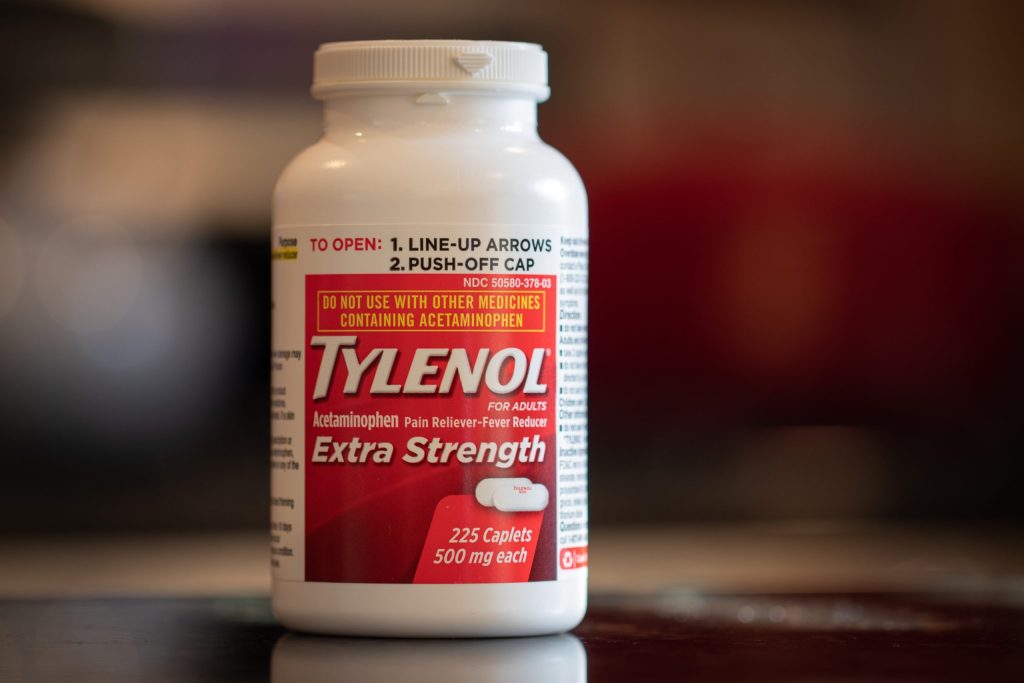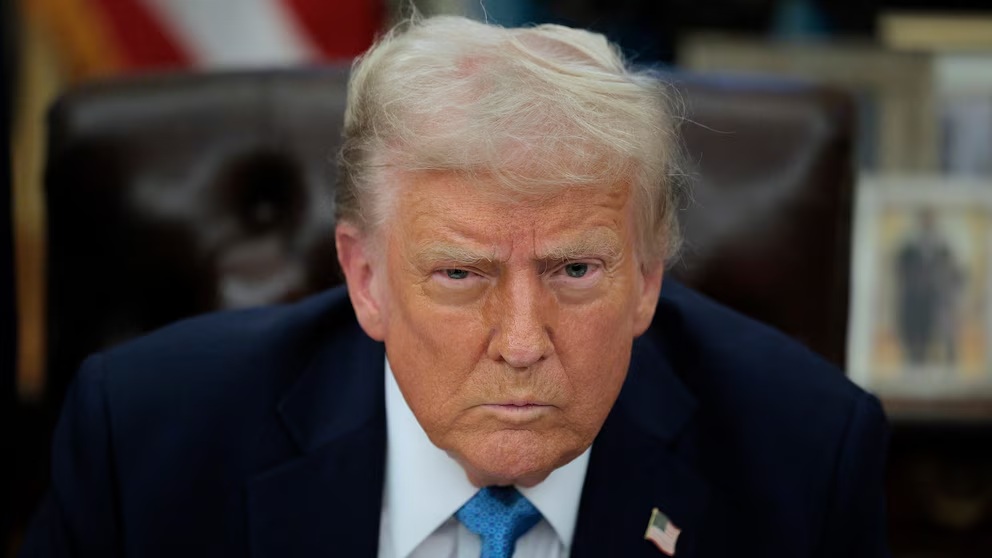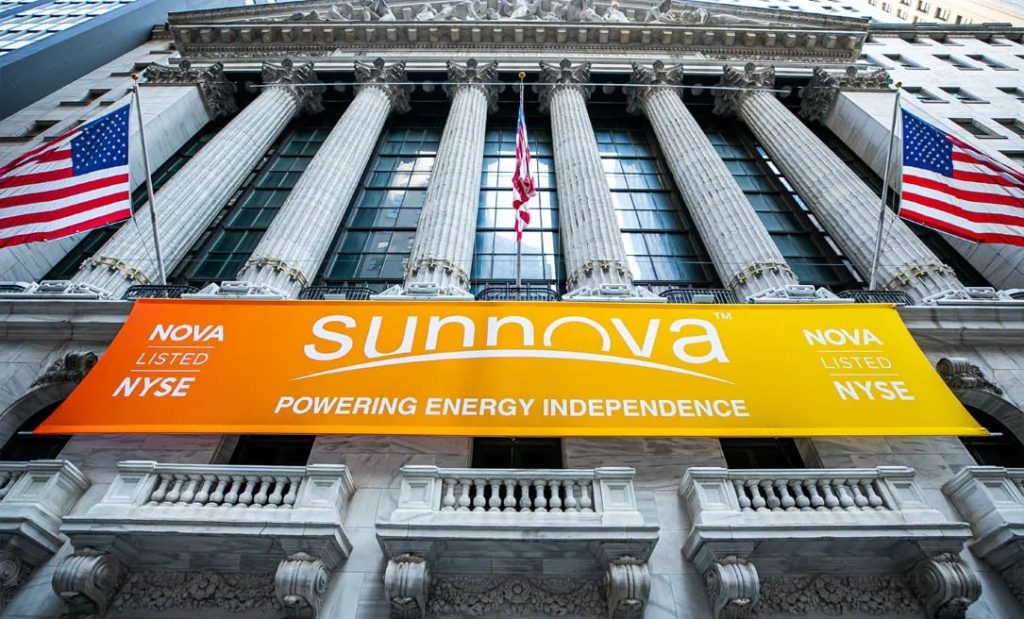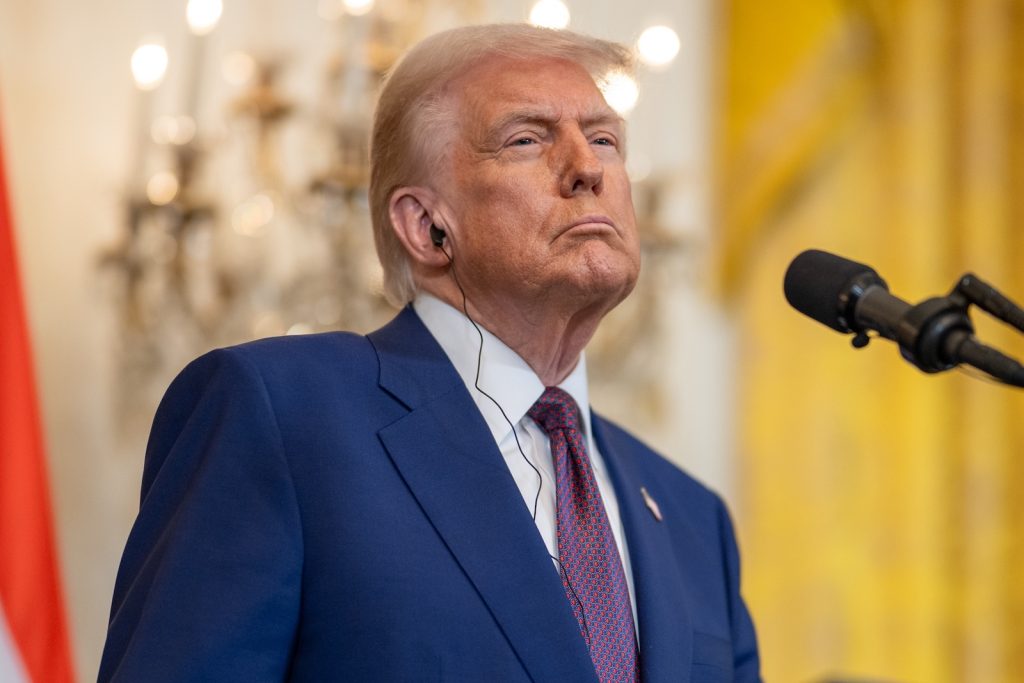


Trump Expands 50% Steel and Aluminum Tariffs to Cover 407 Additional Product Categories

White House Touts Economic Resilience as CPI Holds Steady; Core Inflation Edges Higher

Trump Administration Scratches $3 Billion Loan to Sunnova Energy

Wall Street Rattled as Trump’s Trade Gambit Roils Global Markets

Trump’s Tariff Confession, Buried in a Leaked Call, Shatters His Own Economic Myth

Deadly Bird Flu Strain 'Could Make COVID Seem Like A Walk In The Park,' Expert Says

The Economy Holds Its Breath as Trade Tensions Cast a Long Shadow

Trouble at Tesla and Protests against Trump’s Tariffs Suggest Consumer Boycotts are Starting to Bite



